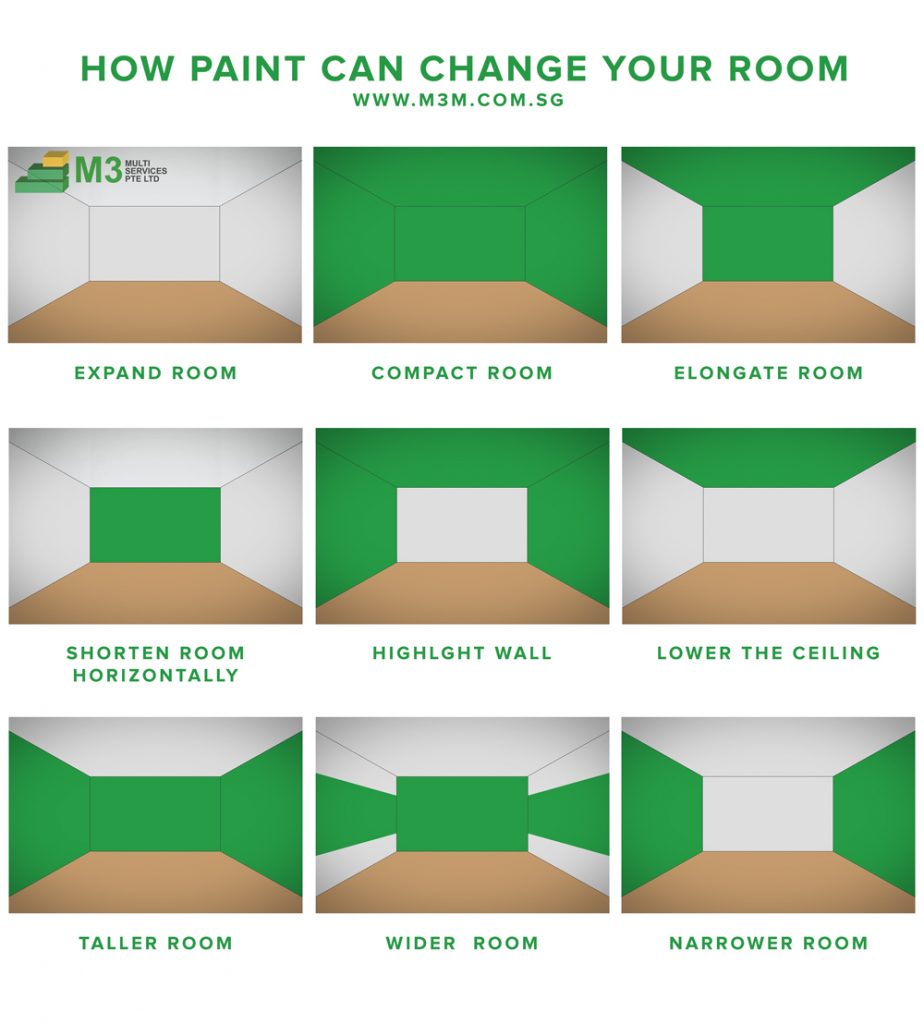AZG News Hub
Your go-to source for the latest news and informative articles.
Brush Up Your Skills with These Painting Secrets
Unlock expert painting secrets and elevate your skills! Discover tips that will transform your artistry and impress every viewer.
Mastering Brush Techniques: Tips and Tricks for Every Painter
Mastering brush techniques is essential for any painter looking to elevate their artistry. Whether you're a beginner or a seasoned professional, understanding the different brush techniques can significantly enhance your painting skills. Start by familiarizing yourself with the various types of brushes, such as flat, round, and filbert brushes, each offering unique effects. Additionally, experimenting with different brush angles and pressures will allow you to create a range of textures and strokes. Here are some tips to get you started:
- Practice making strokes in different directions.
- Vary the pressure applied for thicker or thinner lines.
- Use a damp brush to create a softer edge.
Incorporating effective brush techniques into your practice can transform your painting from ordinary to extraordinary. One beneficial method is the dry brushing technique, where a dry brush is used to layer paint, creating a textured effect perfect for landscapes and detailing. Similarly, the glazing technique involves applying a thin, transparent layer of paint over a dried base, allowing for depth and vibrancy. Remember, mastering these techniques takes time, so don't hesitate to experiment and find what works best for your style. Lastly, always keep your brushes clean and well-maintained to ensure the best results in your work.

The Color Wheel Demystified: How to Choose the Perfect Palette
The color wheel is a fundamental tool in art and design, helping to illustrate the relationships between colors. Understanding this essential guide can demystify the process of choosing the perfect palette for your projects. Colors on the wheel are typically divided into three categories: primary (red, blue, yellow), secondary (green, orange, purple), and tertiary colors (yellow-green, blue-green, etc.). By familiarizing yourself with these categories, you can create harmonious combinations that evoke specific emotions and fulfill your design objectives.
When selecting a color palette, consider utilizing complementary colors, which are located opposite each other on the color wheel. This method creates a dynamic contrast that can make your designs pop. Alternatively, explore analogous color schemes that consist of colors located next to each other on the wheel, providing a more subtle, cohesive look. To make the process even easier, try creating a color palette using online tools or apps that allow you to experiment with various combinations before committing to your final choices.
Common Painting Mistakes and How to Avoid Them
Common painting mistakes can lead to frustrating results, whether you're a novice or a seasoned DIYer. One frequent error is improper surface preparation. Failing to clean, sand, or prime surfaces can cause paint to peel, chip, or adhere poorly. Always make sure to clean the surface of dirt and grease, sand down rough spots, and apply a suitable primer for optimal results. Ignoring these steps can diminish the longevity and finish of your paint job.
Another common pitfall is applying too much paint at once, which can lead to drips and uneven coverage. To avoid this, consider using the right tools, such as a high-quality brush or roller, and apply thin, even coats instead. Remember to check for drying times between coats, as this ensures a smooth and even finish. By understanding these basic principles of painting, you can avoid common mistakes and achieve a professional-looking result every time.